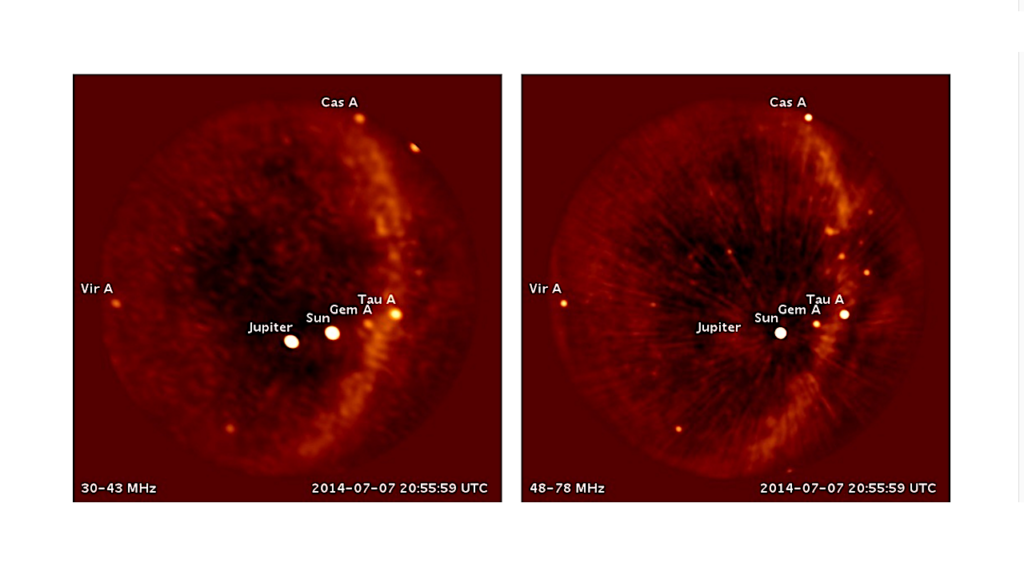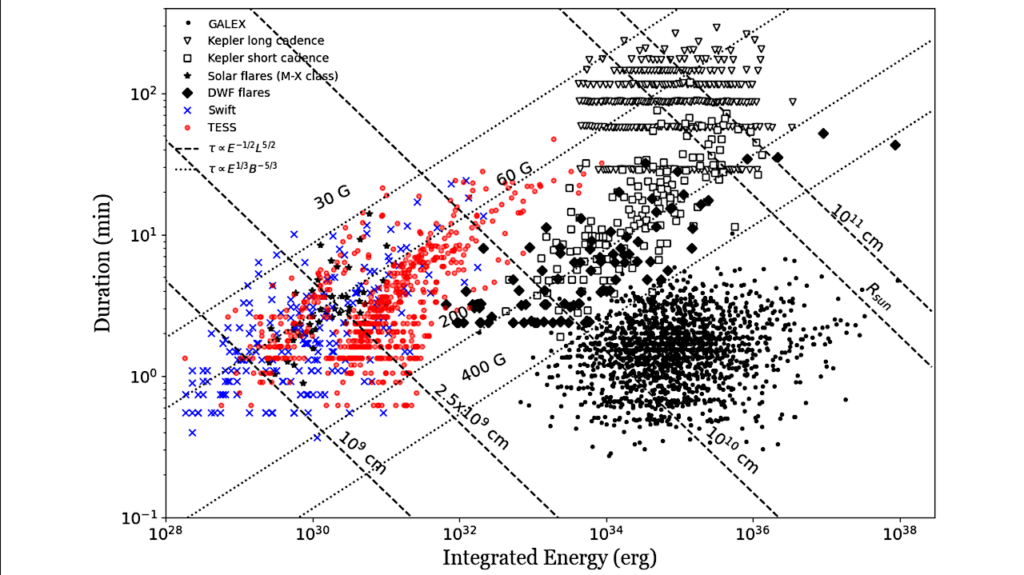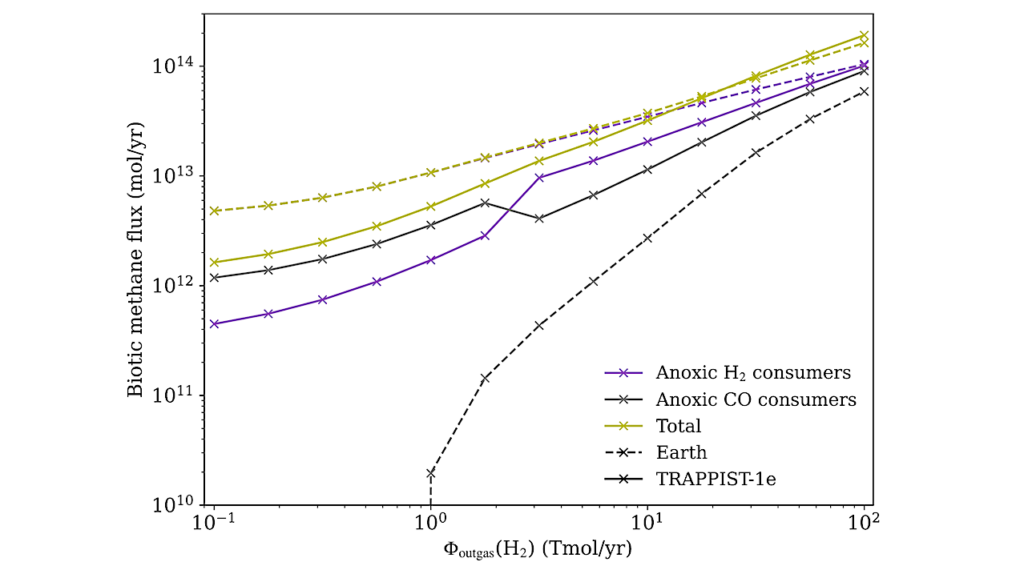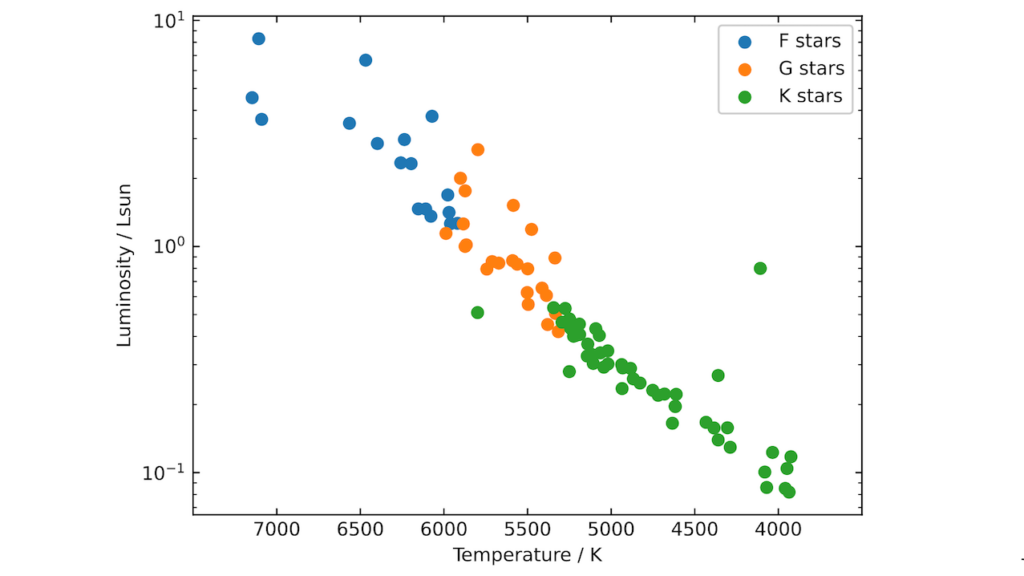Global Mapping of an Exo-Earth using Sparse Modeling

We develop a new retrieval scheme for obtaining two-dimensional surface maps of exoplanets from scattered light curves. In our scheme, the combination of the L1-norm and Total Squared Variation, which is one of the techniques used in sparse modeling, is adopted to find the optimal map.
We apply the new method to simulated scattered light curves of the Earth, and find that the new method provides a better spatial resolution of the reconstructed map than those using Tikhonov regularization. We also apply the new method to observed scattered light curves of the Earth obtained during the two-year DSCOVR/EPIC observations presented by Fan et al. (2019).
The method with Tikhonov regularization enables us to resolve North America, Africa, Eurasia, and Antarctica. In addition to that, the sparse modeling identifies South America and Australia, although it fails to find the Antarctica maybe due to low observational weights on the poles. Besides, the proposed method is capable of retrieving maps from noise injected light curves of a hypothetical Earth-like exoplanet at 10 pc with noise level expected from coronagraphic images from the planned telescope, the Habitable Exoplanet Observatory (HabEx).
We find that the sparse modeling resolves Australia, Afro-Eurasia, North America, and South America using 2-year observation with a time interval of one month. Our study shows that the combination of sparse modeling and multi-epoch observation with 1 day per month can be used to identify main features of an Earth analog in future direct imaging missions such as HabEx and the Large UV/Optical/IR Surveyor (LUVOIR).
Masataka Aizawa, Hajime Kawahara, Siteng Fan
(Submitted on 8 Apr 2020)
Comments: 17 pages, 9 figures, accepted for publication in the Astrophysical Journal
Subjects: Earth and Planetary Astrophysics (astro-ph.EP); Instrumentation and Methods for Astrophysics (astro-ph.IM)
Cite as: arXiv:2004.03941 [astro-ph.EP] (or arXiv:2004.03941v1 [astro-ph.EP] for this version)
Submission history
From: Masataka Aizawa
[v1] Wed, 8 Apr 2020 11:22:42 UTC (8,012 KB)
https://arxiv.org/abs/2004.03941
Astrobiology








